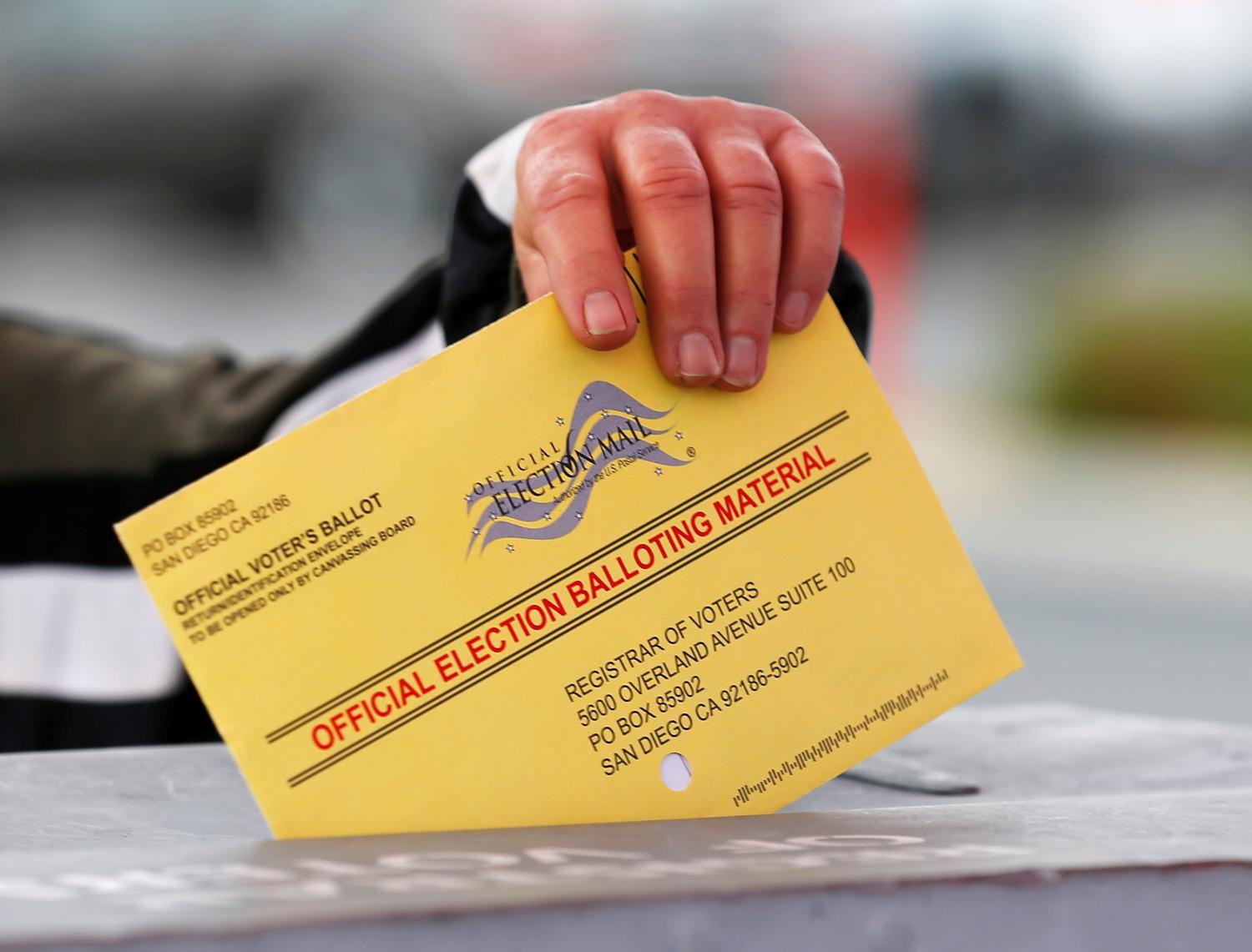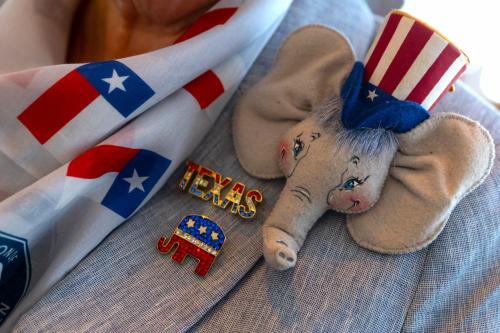The following is the third section of “Political polarization and voters in the 2018 congressional primaries,” a report from The Primaries Project at Brookings.
As the following figure illustrates, well over 50 percent of voters followed the congressional race in their district somewhat to very closely.
One of the most important reasons for studying primary voters is to determine their ideology. In an era when many congressional seats are safe for one party or another—thanks to demographic sorting and sophisticated gerrymandering—many members of Congress know that the only place they can be defeated is in a primary. Thus, members of Congress are finely attuned to that electorate—in some instances, more so than to their general election electorate.
To understand the ideology of congressional primary voters, we asked a series of four questions. The first question was, “Which of these five candidate qualities mattered the most in deciding how you voted for U.S. House of Representatives?” The most frequent answer among voters in both parties was that the candidate “shares my values.” A significant share of Democratic voters also answered “can bring about needed change,” which is most likely a reflection of progressive voters wanting change within the Democratic Party and other Democratic voters wanting to see a change in Congress. What is most interesting about the responses shown in Figure 10, however, is how few voters voted based on experience or on the congressional candidate’s perceived ability to defeat the other party’s candidates in November.
The next question asked how these voters thought of themselves in terms of party identification. As Figure 11 illustrates, the primary electorate is heavily skewed toward strong partisans. Very few self-identified independents vote in primaries. The standard explanation is that they are not allowed to because states have registration by political party. But party registration is largely confined to older states with a history of political machines. These days, only nine states are truly closed to voting by independents or members of the other party and another seven states are partially closed.1 In the other states, it is legally possible for independents to vote in primaries, but, as our data show, primary races overwhelmingly attract strong partisans in both parties.
The next figure shows the breakdown of congressional primary voters by ideology. Here the two parties differ in ways that support the “asymmetric polarization” thesis of Thomas Mann and Norm Ornstein.2 While voters in both parties skew to the extremes, the number of very conservative Republican primary voters is substantially greater than the number of very liberal Democratic primary voters and there are many more moderate Democratic voters than moderate Republican voters. These findings, presented in Figure 12, give substantial weight to the theory that congressional primaries are a cause of polarization in the House of Representatives—polarization that has been driven by extremity on the Republican side.
The final question we asked in order to determine the ideological footprint of our primary voters queried whether they saw themselves as more or less liberal or conservative than the general election voters in their congressional district. Figure 13 shows that voters in both parties see themselves as more extreme than those who vote in the general election and yet, as we saw in Figure 10, very few of these voters vote for a candidate because he or she can win in a general election. The most likely explanation is that these voters (who we know tend to be older, more educated, and more attentive to politics than most) understand that they live in safe districts. A majority of our Republican primary voting respondents were in R+5 districts or greater, just as a majority of our Democratic voters reside in D+5 districts or greater.3
Continue to the next section, “Congressional primary voters and President Trump.“
-
Footnotes
- A “partially open” primary is one that requires voters to publicly declare their ballot choice on election day and have it recorded—it is a sort of same day party registration. See: “State Primary Election Types,” National Conference of State Legislatures, June 26, 2018. Accessed at: http://www.ncsl.org/research/elections-and-campaigns/primary-types.aspx.
- See: Norm Ornstein, “Yes, Polarization is Asymmetric – and Conservatives are Worse,” The Atlantic, June 19, 2014. Accessed at: https://www.theatlantic.com/politics/archive/2014/06/yes-polarization-is-asymmetric-and-conservatives-are-worse/373044/.
- We use the Partisan Voting Index developed by Charlie Cook to categorize districts for their level of safety for one party or the other.




